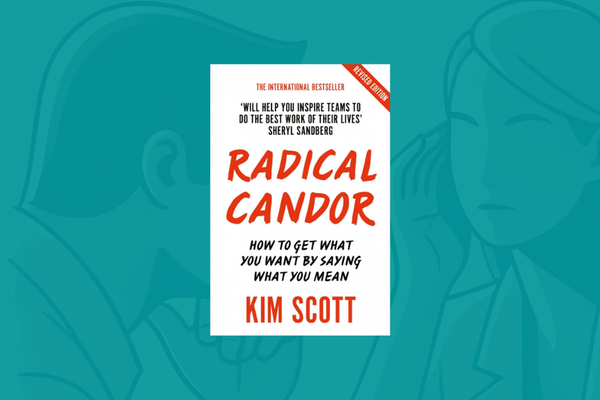From capturing to creating demand with writing
In the past, I have selected topics to write about only which had a popular keyword tied to them. This article doesn’t have a keyword but I bet it will be better than the others. Let me show you how.

Before jumping right into the overcomplicating, graph-inventing, best practice cursing part of my thought process, zoom a little bit out and see why the topic of creating demand versus capturing demand with your writing is important.
Create demand like an Oscar-winning movie
A strange movie with the strange “Everything Everywhere All at Once” name just won seven Oscars. I picked this movie this summer to watch because simply there weren’t any interesting alternatives in the cinema and I wanted to eat popcorn.
But I went home with the impression that I have just watched the best movie of my life. I am strange. I like bizarre humor, niche topics, marvel, and deep meaning in movies.
And “Everything Everywhere All at Once” just clicked for me.
But there wasn’t a category in the cinema for niche movies with bizarre humor and deep meaning in the multiverse. In fact, even now I don’t have a clue in what bucket would I put this movie.
It is a cliche that “Everything Everywhere All at Once” created its own category. It did not. It is a unique experience. It is a type of movie that I did not know exists, but I was happy to watch it.
Dan Kwan and Dan Scheinert, the directors of the movie raised money for this strange, uncategorizable movie despite the fact that it is hard to predict how the audience will receive it in the cinemas.
They started with their ideas which created an experience someone even loved or didn’t understand. But it was much more impactful for me at the end than a random action movie I would forget the next week.
Back to square one: pick a keyword
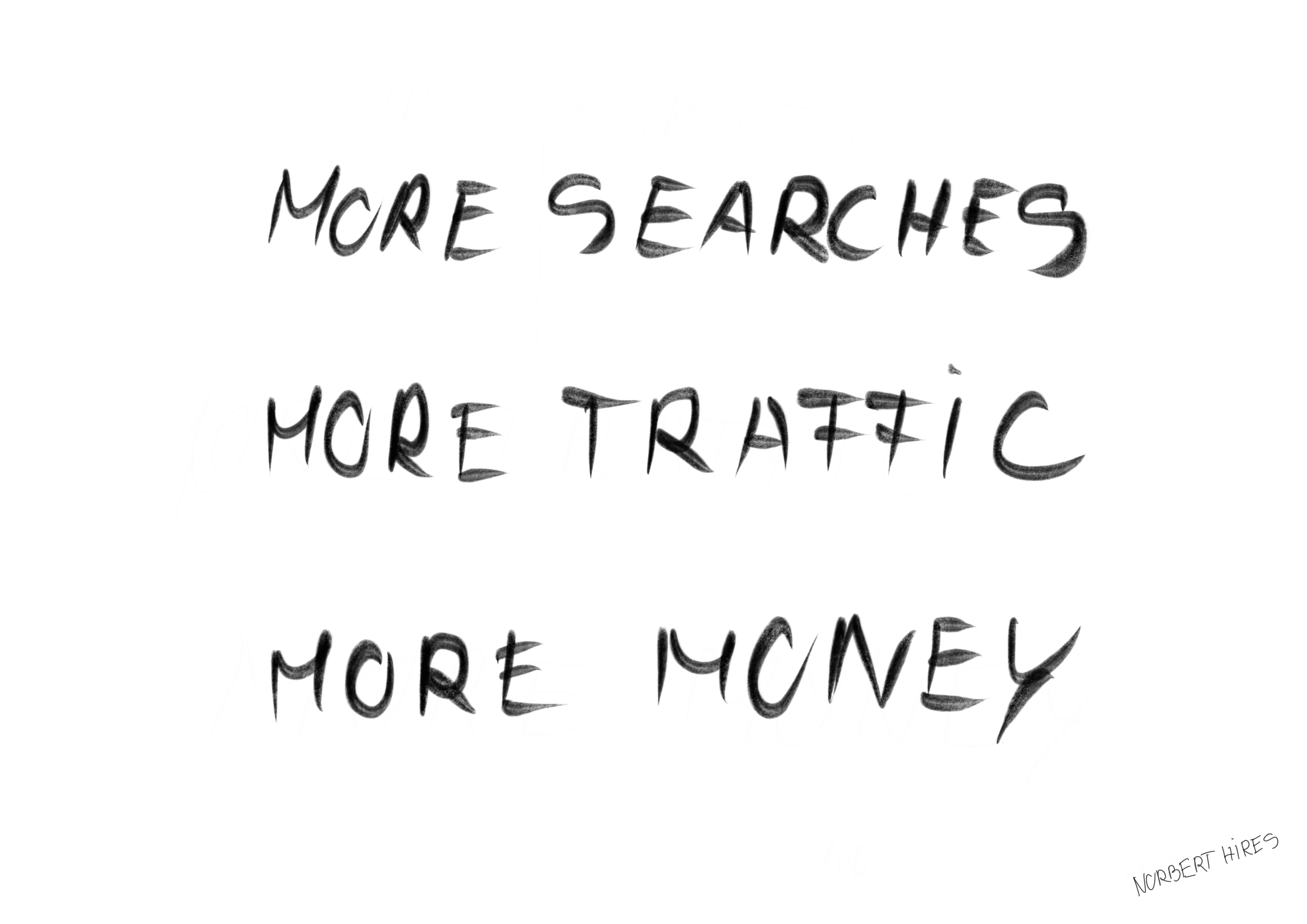
There is a tiny big gap between directing movies and writing things on the internet, despite the level we pursue these activities.
A blogger is not an artist. The SEO guy putting together a content plan to execute is rather looking at the numbers than at the creative angle of the topic.
I was looking at the numbers only.
This was my bad habit.
For businesses churning out 1000 articles a month, this is a valid strategy still (though I would not be the one writing these pieces). It is reliable, scalable, and burned-out writers are part of the system.
But I brought my SEO logic with me when it came to writing a personal blog.
I published more than 200 long-form pieces in the past years and the majority had the sole purpose of ranking for keywords.
I wasn’t happy with the end result.
Sure.
The articles brought traffic, but they looked like anything else on the internet. When I opened my blog it reminded me of a boring corporate website. From a bird-eyed view, it did not have a personal touch.
I have always run a newsletter besides my blogs and the conversion rate of content pieces was significantly different when it came to topics with proven popularity and when I was tinkering with some new ideas.
From capturing to creating demand
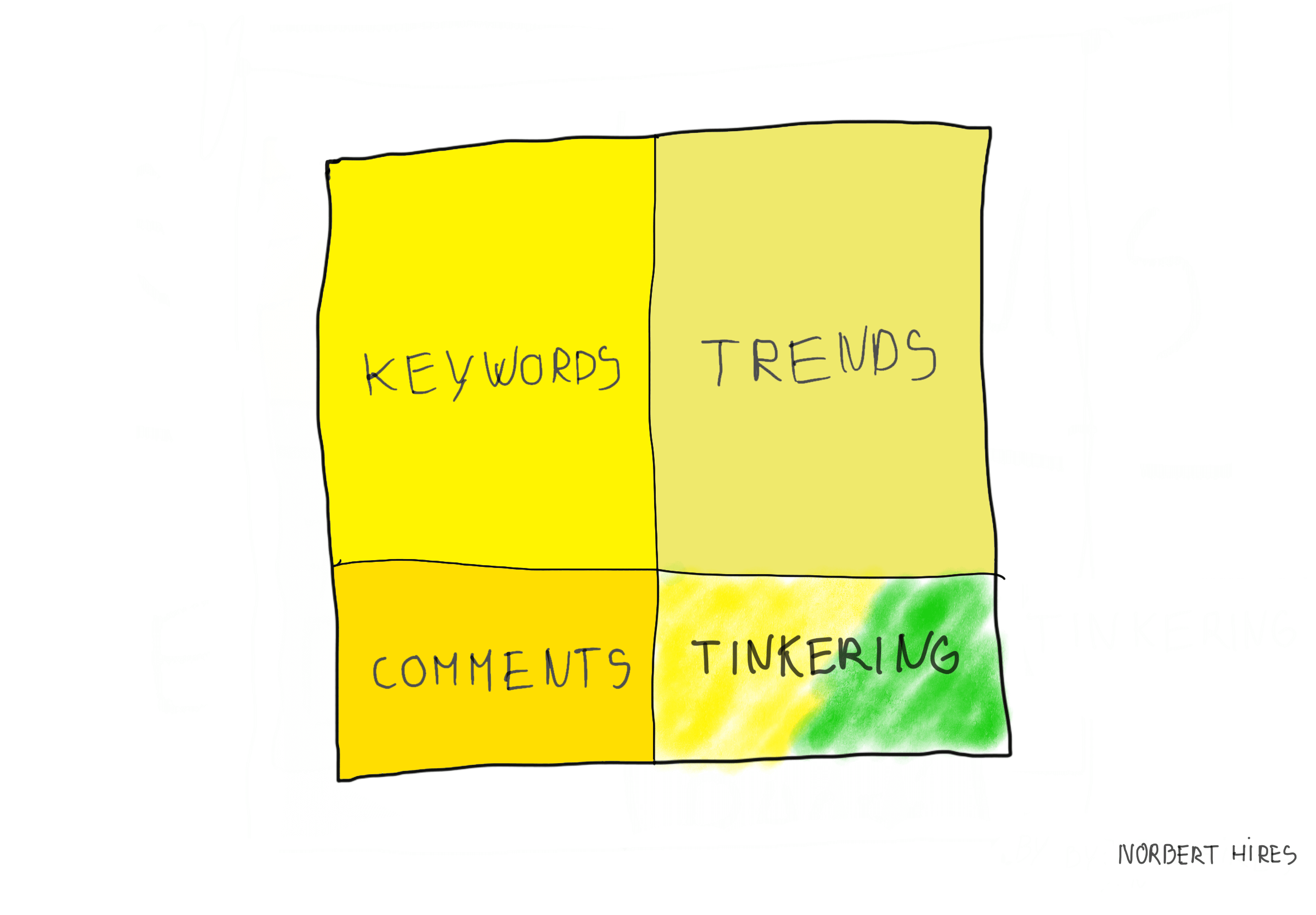
Articles that I was writing not to capture demand, but just to share what excites me had better read times and convinced more people to sign up for my newsletter.
Though when I made the change from a solely SEO-driven approach I was still picking topics satisfying existing interests I saw around me.
I picked either
- keyword focused topics (It still can be a god part of your strategy if it is relevant. Like I wanted to write about how I am journaling and there was a keyword for that.)
- trend exploiting content (What I saw was gaining traction in LinkedIn / Youtube / TikTok. For example anything under AI falls under this bucket now.)
- reader-inspired themes (Answering questions I received in comments / messages / newsletter replies with an article. Sharing my GA4 setup falls under this umbrella.)
Expanding keyword-focused topic selection with other ideas with proven demand was slightly refreshing, but it didn’t bring any groundbreaking results. There wasn’t a big change either in numbers or in my motivation to write.
I have a long list of popular content ideas in Notion, but after a time these ideas became so far from the news concerning me at the moment or the learnings I just made, that I felt a lack of motivation to write about anything.
I didn’t feel my backlog was relevant but I did not have the courage to write about topics no one is interested in.
But then I started to test these ideas.
Writing a series about SEO Patterns, discovering the Opportunity Solution Tree, or sharing what surprised me in 2022 were all topics that were highly unlikely to be picked up on any platform.
Some of them in fact were read by only a handful of folks, but others were getting tracking.
Writer-first, reader-focused content strategy
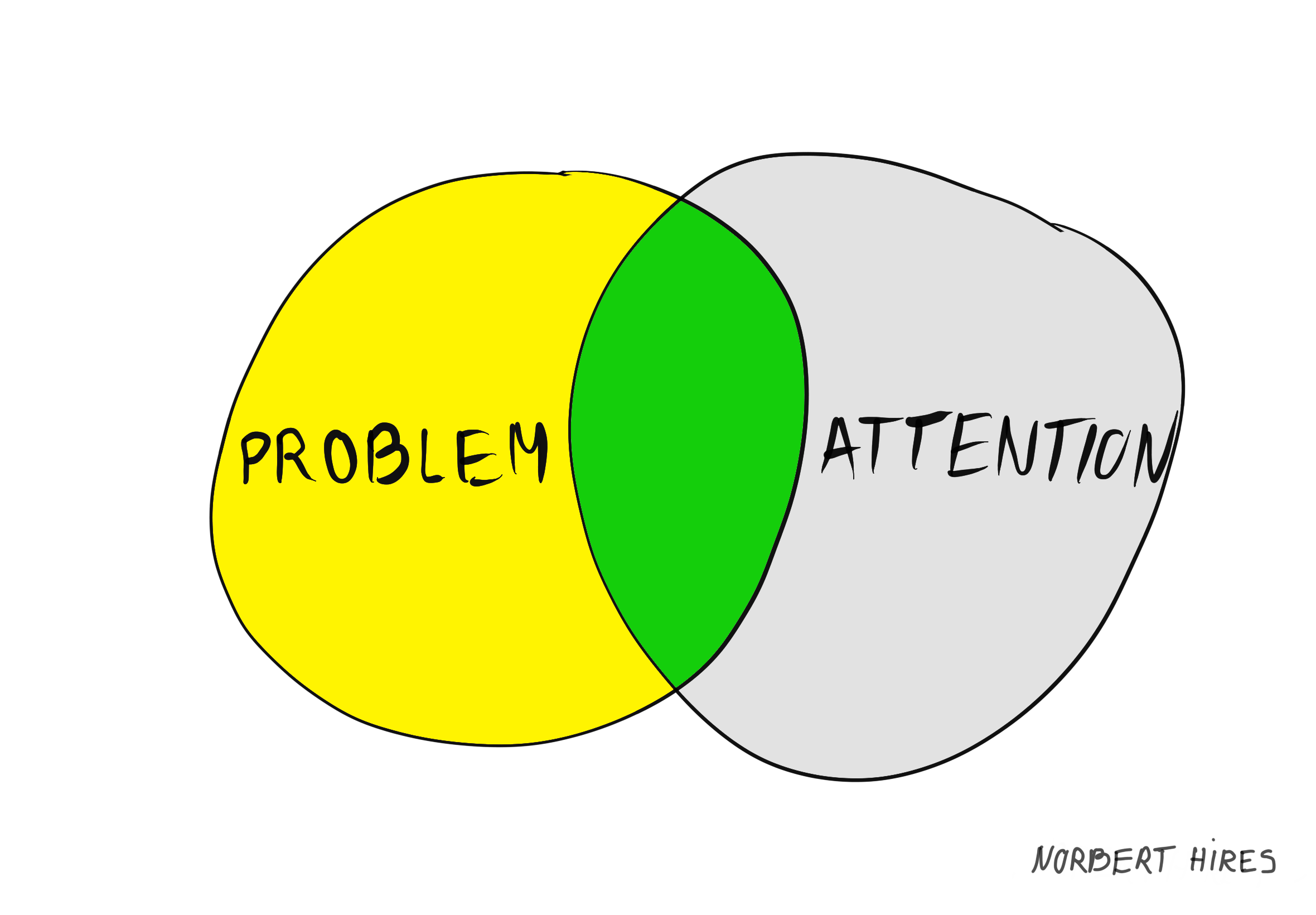
I am sure marketing books and articles about “industry best practices” led others besides me to cover boring topics in a boring way instead of sharing their less popular, honest opinion about stuff they care about.
Topics with demand will surely have a part in my topic selection in the future, but I am starting to realize the value of giving readers what they need instead of what they want.
You are reading a personal blog for example.
Readers of a personal blog more often than not need a personal take on tools, books, and ideas, even if they have never heard about those tools, books, and ideas before.
Using your strengths
To deliver the most value per word with your content you often need to look inside instead of outside. Doubling down on your strength can make an article truly unique in a way that none of the content-generating AI tools can replicate.
Writing about a topic anyone else in the world can write rarely cuts it even in a word without mass-produced machine content.
For example, when I was writing about LinkedIn SEO I was using the experience I gained by working with huge websites to give you some insights a columnist at a random journal may not be able to come up with.
To write interesting, be interested
Churning out keyword-optimized articles can work for a few months, but in the long run, playing from others' playbooks instead of playing the game with your heart rarely brings the expected results.
To create good stuff you have to be interested.
The alternative is churning out mediocre content.
For me, it is important to explore unknown territories and learn in this process. I like to do my research, try the app, read the book, and run the experiment.
This is how I got interested in a topic even if this is not the most efficient way to publish often.
Unknown unknowns
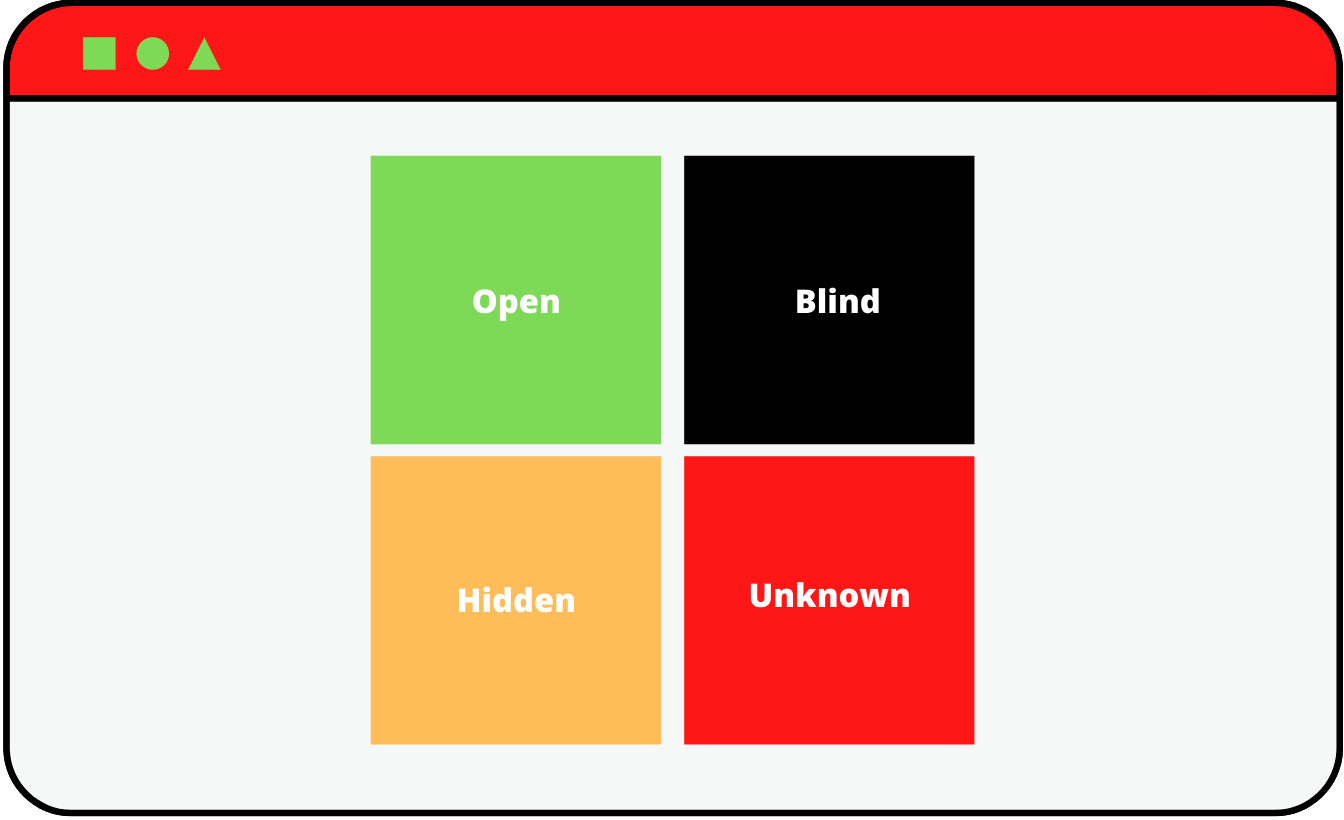
The Johari window is a visualization tool to improve our self-awareness and to handle our relationships better.
It is a 2x2 quadrant.
The X-axis are showing things known or unknown ourself about ourselves.
The Y axis is about things known or unknown by others about us.
There is a rectangle in the model which is representing the unknown unknowns. Things we don’t know about ourselves and other people don’t know either about us.
Creating good content is making a journey to the unknown unknowns of ideas.
We don’t know if the topic would be interesting, and the readers don’t know if something like that would be interesting for them, but risking a journey may result in something yet unseen.




